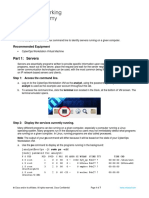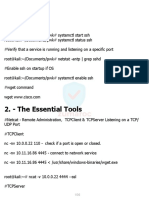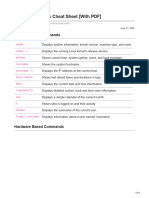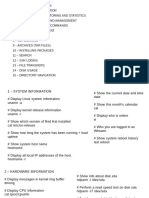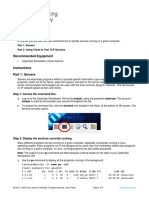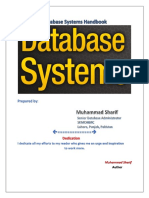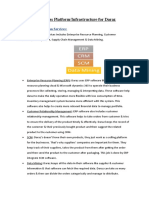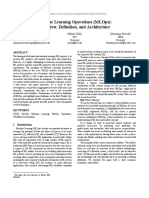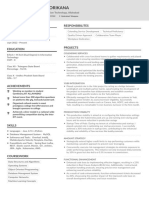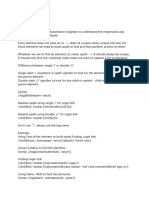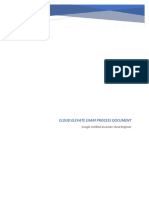0% found this document useful (0 votes)
56 views50 pagesLinux Malware
This document provides an overview of analyzing Linux malware through examining artifacts on the filesystem, in memory, and over the network. It discusses analyzing file metadata, using tools like auditd and lsof to investigate processes and open files. The goal is to understand how systems were compromised and clean infected systems by tracking malware behaviors and persistence mechanisms.
Uploaded by
str4codeCopyright
© © All Rights Reserved
We take content rights seriously. If you suspect this is your content, claim it here.
Available Formats
Download as PDF, TXT or read online on Scribd
0% found this document useful (0 votes)
56 views50 pagesLinux Malware
This document provides an overview of analyzing Linux malware through examining artifacts on the filesystem, in memory, and over the network. It discusses analyzing file metadata, using tools like auditd and lsof to investigate processes and open files. The goal is to understand how systems were compromised and clean infected systems by tracking malware behaviors and persistence mechanisms.
Uploaded by
str4codeCopyright
© © All Rights Reserved
We take content rights seriously. If you suspect this is your content, claim it here.
Available Formats
Download as PDF, TXT or read online on Scribd
/ 50















